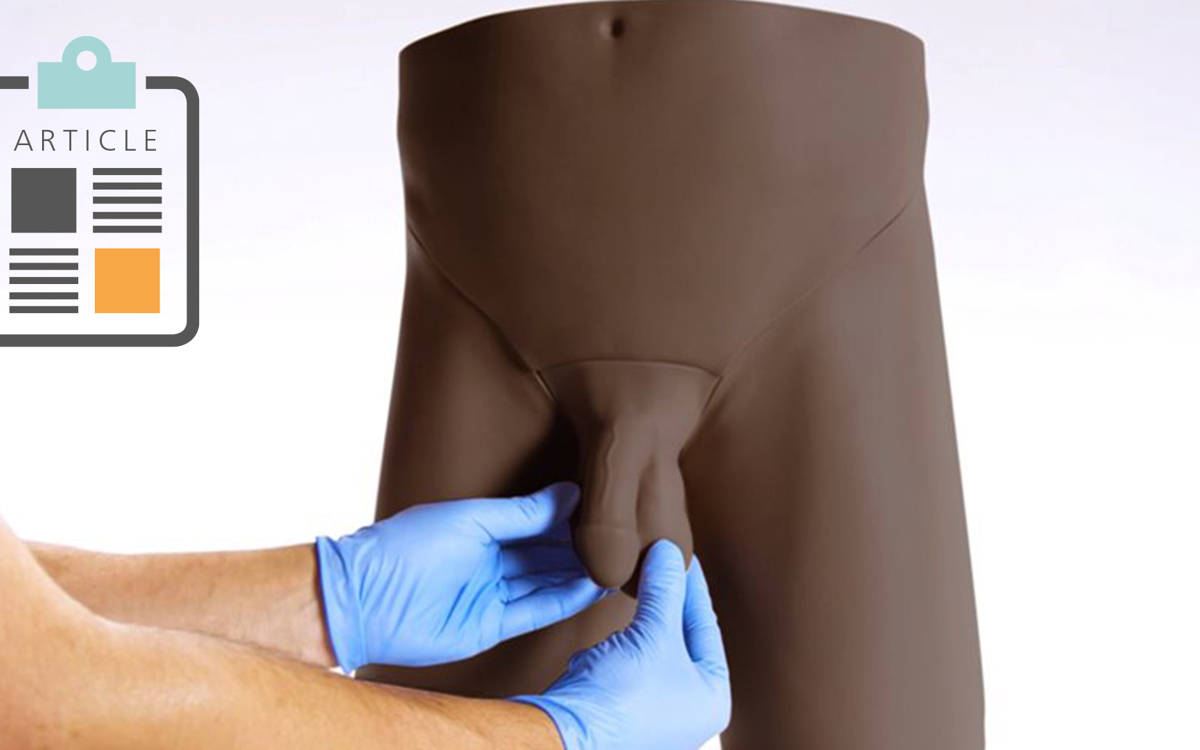Movember - A Focus on Men's Health
November is a time when we focus on men’s health, thanks in part to Nonprofit Organizations like Movember, Men’s Health Network, and the Prostate Cancer Foundation.

Although Men’s Health week is celebrated in June each year, the month of November has also become synonymous with increasing awareness of men’s health, and for good reason. According to the World Health Organization (WHO), men:
- Have a life expectancy of 76.1 years, where women average 811
- Are x4 more likely to die by suicide
- Are less likely to visit a doctor for exams and preventative care
- Account for 92% of workplace deaths
- Are at greater risk of heart disease, cancer, injuries, stroke, and HIV/AIDS.4
The globally recognized Movember campaign, started in 2004, continues to increase awareness of health issues specific to men including prostate and testicular cancers, as well as the importance of exercise, mental health, and the prevention of suicide.1 The movement continues to grow as more health statistics show that men have higher numbers of underlying health conditions, such as heart disease and diabetes, but additionally, “men have a weaker immune response to respiratory infections…they are more likely to drink alcohol at unsafe levels, and smoke. They are less likely to wash their hands regularly or seek medical help at the right time.”2 The data also shows that men who have the worst health outcomes “include men from Black and minority ethnic groups, including indigenous men in Australia, Canada, New Zealand, the USA, and elsewhere.”2
Men’s global health statistics speak for themselves. According to the WHO, “the causes of death that most contribute to a lower life expectancy for men than women are ischemic heart disease, road injuries, lung cancer, chronic obstructive pulmonary disease, stroke, cirrhosis of the liver, tuberculosis (TB), prostate cancer, and interpersonal violence.”4
In the United States, to the American Heart Association shares the following stats related to heart disease and men:
- “Heart disease is the leading cause of death for men in the United States, responsible for 1 in every 4 male deaths.
- Heart disease is the leading cause of death for men in most racial/ethnic groups in the United States, including blacks, American Indians, Hispanics, and whites. For Asian American and Pacific Islander men, heart disease is second only to cancer.
- Between 70 percent and 89 percent of sudden cardiac events occur in men.
- Half of the men who die suddenly of coronary heart disease have no previous symptoms.”5
A recent Healthline article breaks down the top 9 things that men should focus on to get and stay healthy.8 They are:
Every year:
- Blood Sugar Check (Diabetes and Heart Disease Prevention)
- Skin check (Skin Cancer Prevention)
- PSA test (Prostate Cancer Prevention)
Every 3 years:
- Colonoscopy (Over age 50- Colon Cancer Prevention)
Every 4 years:
- Blood Pressure and Cholesterol Check (Heart Disease Prevention – Yearly after age 50)
Every chance you get:
- Echocardiogram (Heart Disease prevention)
- Liver Enzyme test (Liver Disease prevention)
- TSH test (Thyroid Health)
- Lung Screenings (Cancer Prevention)
In the United Kingdom, the NHS Health Check “is a check-up for adults in England aged 40-74. It is designed to spot early signs of stroke, kidney disease, heart disease, type 2 diabetes, or dementia.”6 The NHS data estimates that every year, these checks:
- Save 650 lives
- prevent 1,600 heart attacks and strokes
- prevent 4,000 people from developing type 2 diabetes
- detect at least 20,000 cases of type 2 diabetes or kidney disease earlier.6
Limbs & Things hopes that all men will consider the World Health Organization’s top five things men can do for good health:7
- Get regular check-ups for high blood pressure, blood sugar, prostate, and mental health
- Decrease alcohol use to reduce the risk of injury, liver, and heart disease
- Quit smoking to reduce risk of stroke, heart, and lung diseases
- Eat a healthy diet to reduce the risk of diabetes
- Be more active with at least 2.5 hours of moderate-intensity physical activity per week
References:
2 Men’s health policy: it is time for action
3 From the Margins to the Mainstream Global Men’s Health Report
4 WHO Life Expectancy and Causes of Death
5 American Heart Association Million Hearts Messaging
Did you like this article?
Share on social media and remember to tag us!

